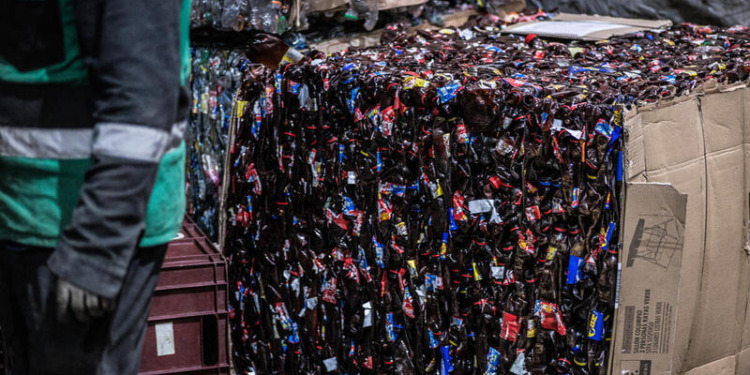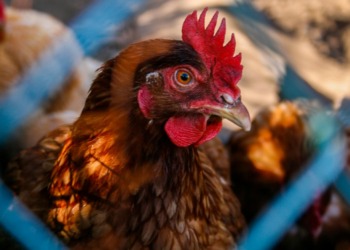On March 5, the European Parliament and Council reached a provisional agreement on new and improved regulations governing packaging. The comprehensive measures target the reduction, reuse, and recycling of packaging materials, with the overarching goal of making packaging safer and more sustainable as well as boosting the circular economy in the European Union (EU).
These goals will be achieved “by requiring all packaging to be recyclable, minimising the presence of harmful substances, reducing unnecessary packaging, boosting the uptake of recycled content and improving collection and recycling.”
With packaging generating a turnover of EUR 355 billion in 2018, the EU is recognizing the pressing need for change. As packaging waste continues to rise, reaching 84 million tonnes in 2021 (from 66 million tonnes in 2009), the new regulations aim to curb this trend, providing a blueprint for a more sustainable and environmentally conscious future.
Less packaging, less waste
The new rules establish ambitious packaging reduction targets, calling for a 5% reduction by 2030, followed by 10% in 2035 and an even more ambitious 15% reduction by 2040. They also require EU member states to reduce the amount of plastic packaging waste.
The deal also sets out to ban certain single-use plastic packaging formats by January 1, 2030. These include packaging for unprocessed fresh produce, food and beverages consumed in cafes and restaurants, individual portions, miniature toiletry product packaging in accommodations, and airport shrink-wrap for suitcases.
Goodbye forever chemicals in food packaging
Addressing health concerns, the agreement introduces a ban on “forever chemicals” (PFASs) in food contact packaging, marking a significant step towards safer food handling and packaging.
Reuse and refill
The new rules also set specific targets for reusable packaging for alcoholic and non-alcoholic beverages except milk, wine, aromatized wine, spirits): By 2030, at least 10% of such packaging should be reusable.
Under the new rules, final beverage and take-away food distributors will be obligated to allow customers to bring and use their own containers, promoting reuse.
Related Articles: How the EU Plans to Eliminate Air Pollution by 2050 | EU Adopts Law Banning Misleading Environmental Claims | Is Recycling as Green as We Think It Is? | Does Recycling Actually Help the Climate?
Additionally, the agreement requires EU countries to incentivize the provision of tap water in a reusable or refillable format in restaurants, canteens, bars, cafes, and catering services.
New recyclable packaging standards
A critical aspect of the agreement is the stipulation that all packaging must be recyclable. However, materials like lightweight wood, cork, textile, rubber, ceramic, porcelain, or wax may be exempted.
The new deal also includes minimum recycled content targets for plastic parts of packaging, increased recycling requirements, and a commitment to collect 90% of single-use plastic and metal beverage containers separately by 2029 through deposit-return systems.
“For the first time in environmental law, the EU is setting targets to reduce packaging consumption, regardless of the material used,” said Rapporteur Frédérique Ries. “We call on all industrial sectors, EU countries and consumers to play their part in the fight against excess packaging. The ban on forever chemicals in food packaging is a great victory for the health of European consumers. It was also essential that environmental ambitions meet industrial reality. The deal fosters innovation and includes exemptions for micro-enterprises.”
As we await the formal approval of this historic agreement by the Council and Parliament, the EU’s commitment to reducing packaging waste and promoting a circular economy sets a precedent for other regions to follow.
Editor’s Note: The opinions expressed here by the authors are their own, not those of Impakter.com — Featured Photo Credit:© Juan Pablo Eijo/Greenpeace.










